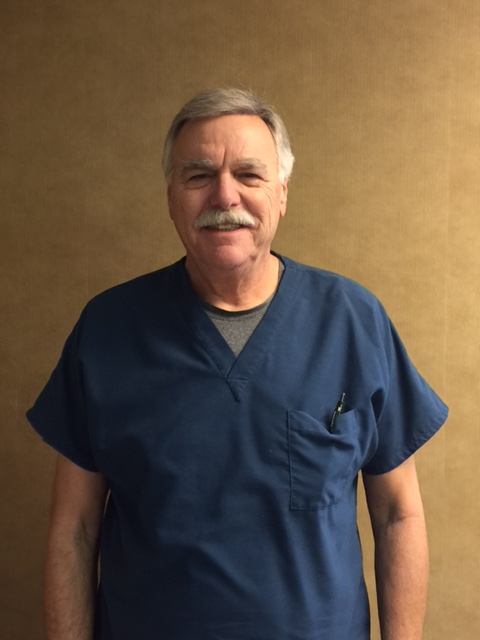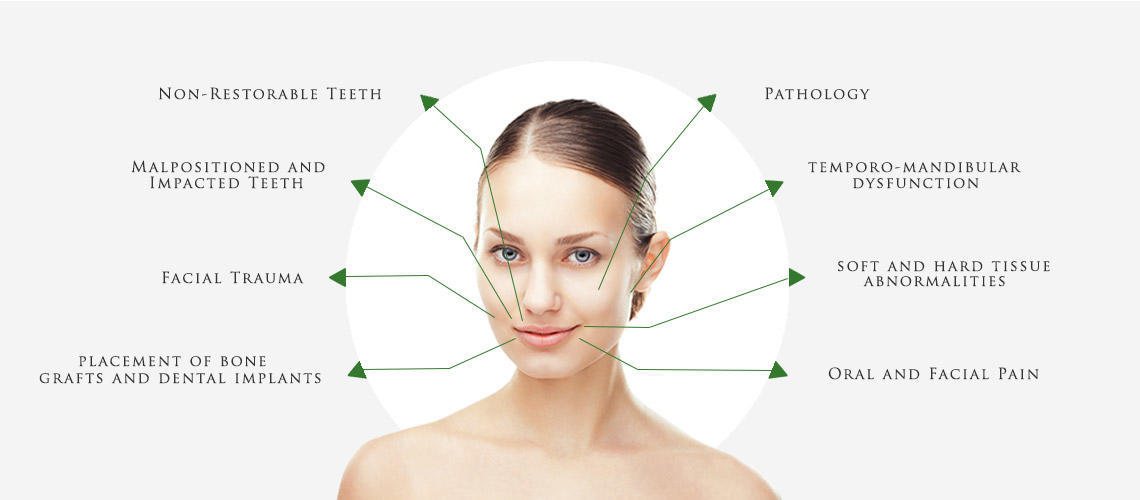One technique used in sedation dentistry is called inhaled minimal sedation. Here, you breathe in nitrous oxide through a mask, which helps you to relax during the dental procedure. This is the only form of sedation in which you are able to drive yourself home afterward.
How can dental lasers negate the need for anesthesia in some types of procedures? Because treatments with lasers do not cause as much pain compared to the use of scalpels or drills – in these cases, a local anesthetic will work just fine.
TMJ often responds well to a range of non-invasive treatments. To alleviate your immediate discomfort, the dentist may recommend temporarily switching to a soft diet, taking mild pain relievers and applying moist heat packs.
While heading into our office for your regular check-up may not be at the top of your list of fun things to do, it’s necessary. A professional cleaning is often the only way to remove hardened plaque from teeth and gums.
How can dental lasers treat hot and cold tooth sensitivity? The lasers in these cases are used to pinpoint microscopic tubules situated on the roots of the teeth that need to be sealed. Before the invention of these lasers, sealing procedures on root tubules were not as effective.
TMJ disorders cause a clicking sound or grating sensation when you open your mouth or chew. However, just because your jaw pops doesn’t necessarily mean you have TMJ. It’s a good idea to check with a specialist to find out.




